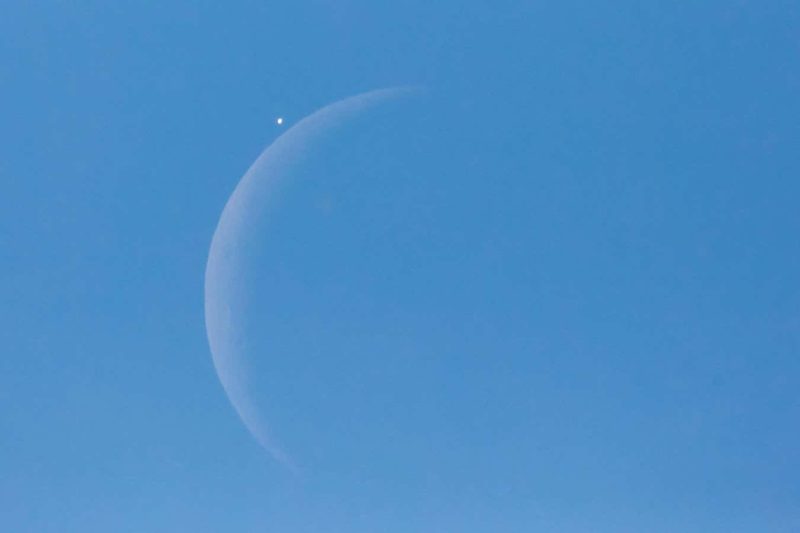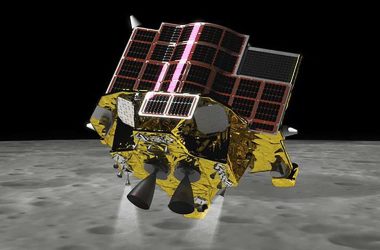
Understanding the Lunar Occultation of Venus
On 9 November, Venus will disappear behind the moon for about an hour, creating a phenomenon known as a lunar occultation of Venus. This will be visible from various parts of the world, including most of Europe, the western part of Russia, Greenland, and some of northern Africa and western Asia.
Timing of the Event
The occultation will take place during the daytime, with the exact timing varying based on location. For example, it is set to begin around 9.45 am in London, around 10.50 am in Paris, and around 10.26 am in Tromsø, Norway. Specific timings for your location can be obtained using software like Stellarium or websites like In The Sky.
Observing the Occultation
To observe the event, locate Venus approximately 20 minutes before the start of the occultation. It will be positioned near the moon, which will appear as a small crescent, being just 15 per cent illuminated. Venus will be situated just below the moon and to the left.
Consider using binoculars or a small telescope for better visibility, especially since it will be daytime. However, caution must be exercised when using such devices during the day, ensuring they are not pointed anywhere near the sun.
After locating Venus, observe as it moves towards the moon and eventually passes behind it. Approximately an hour later, Venus will reappear on the other side of the moon, slightly higher in the sky.
Future Occultations
Lunar occultations of Venus are rare and location-specific due to the phenomenon of parallax. The next one is expected in April 2024, primarily visible from parts of North America. It will be visible in Europe again in September 2025. The earliest recorded lunar occultation of Venus was in July 1476 by Abraham Zacuto, a medieval polymath and astronomer royal for the king of Portugal at the time.








